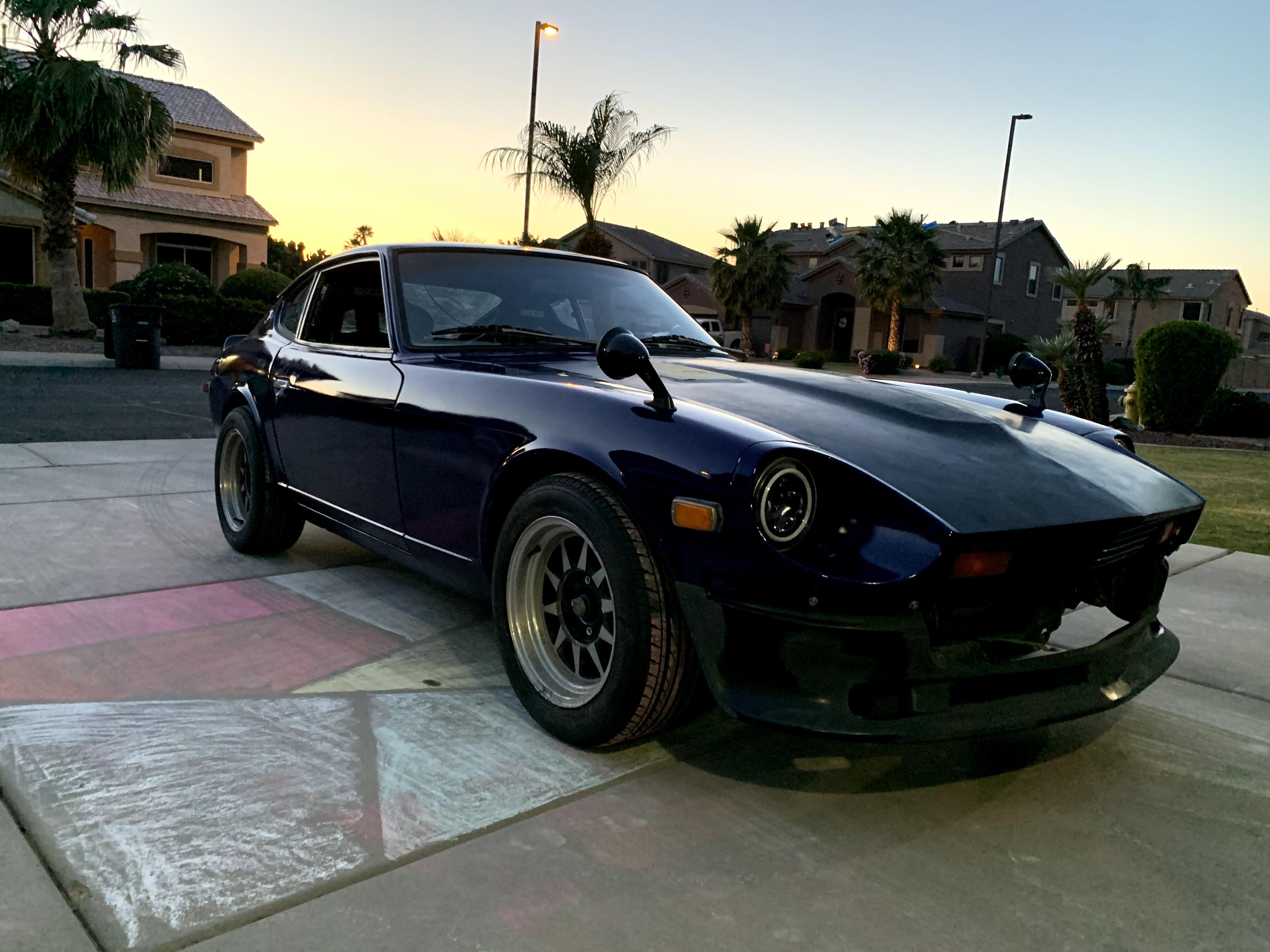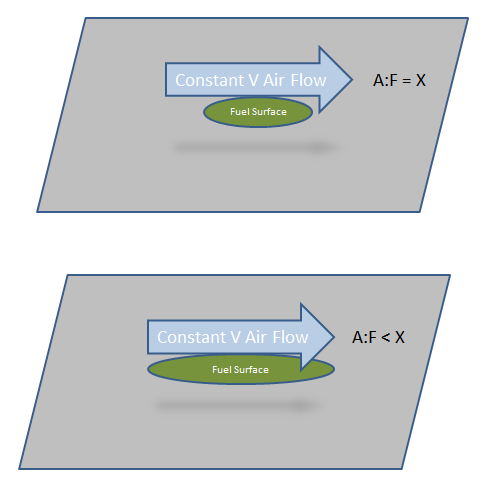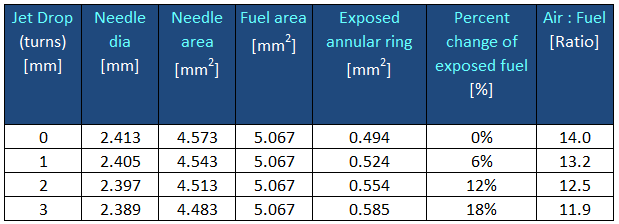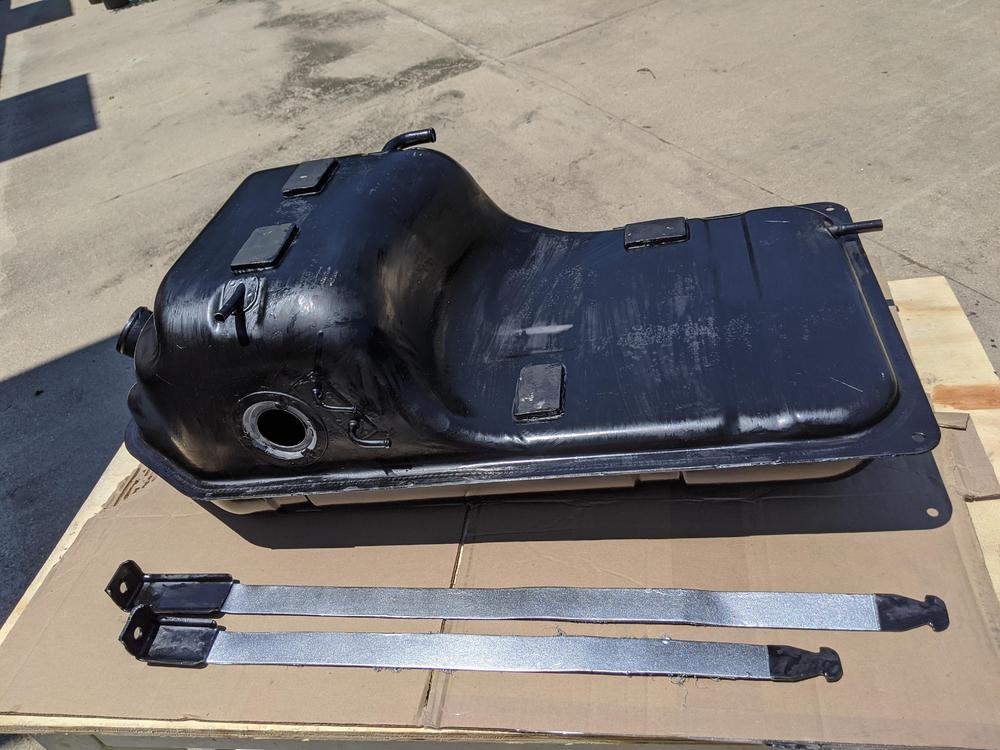There should be some decrease in the vacuum on pedal push, but I would expect there to be more on pedal release. As long as it doesn't continue to bleed out when you hold the pedal push constant, then I don't think you have a leak in the booster diaphragm. I'm no booster expert and I hope I'm not coming off as one, but from my looking at the design, I believe that's the case.
The whole thing is actuated by a pair of valves on the pedal shaft. With the pedal not pressed, it opens a valve between the two sides of the diaphragm and allows vacuum to build and equalize on both sides. Then as you press the pedal, the first thing that happens is it closes off that valve between the two sides. Then as you continue to press further, it'll open up a second valve to vent off some of the vacuum on the rear side.
What I'm trying to test with the "set amount" of vacuum bleed on pedal push is... Does that "close before open valve" work properly and are there no other parallel paths between the front and rear sides of the diaphragm (like a hole).
I'm trying to come up with scenarios that you can look for on the bench that give you some confidence in the operation.
"Holds vacuum indefinitely while static" is a good first start.
"Goes whoosh when you press the pedal" is a good second test.
"Drops a set amount, but not all the way when you press the pedal" is a good third test.
if it passes all three of those I expect it's good enough be worth the time to install it and give it a try.













